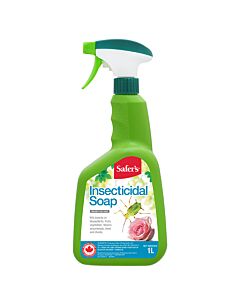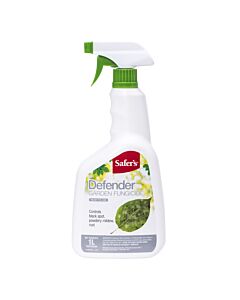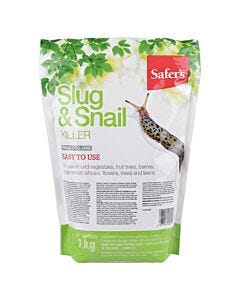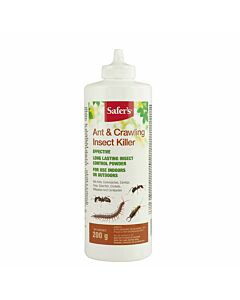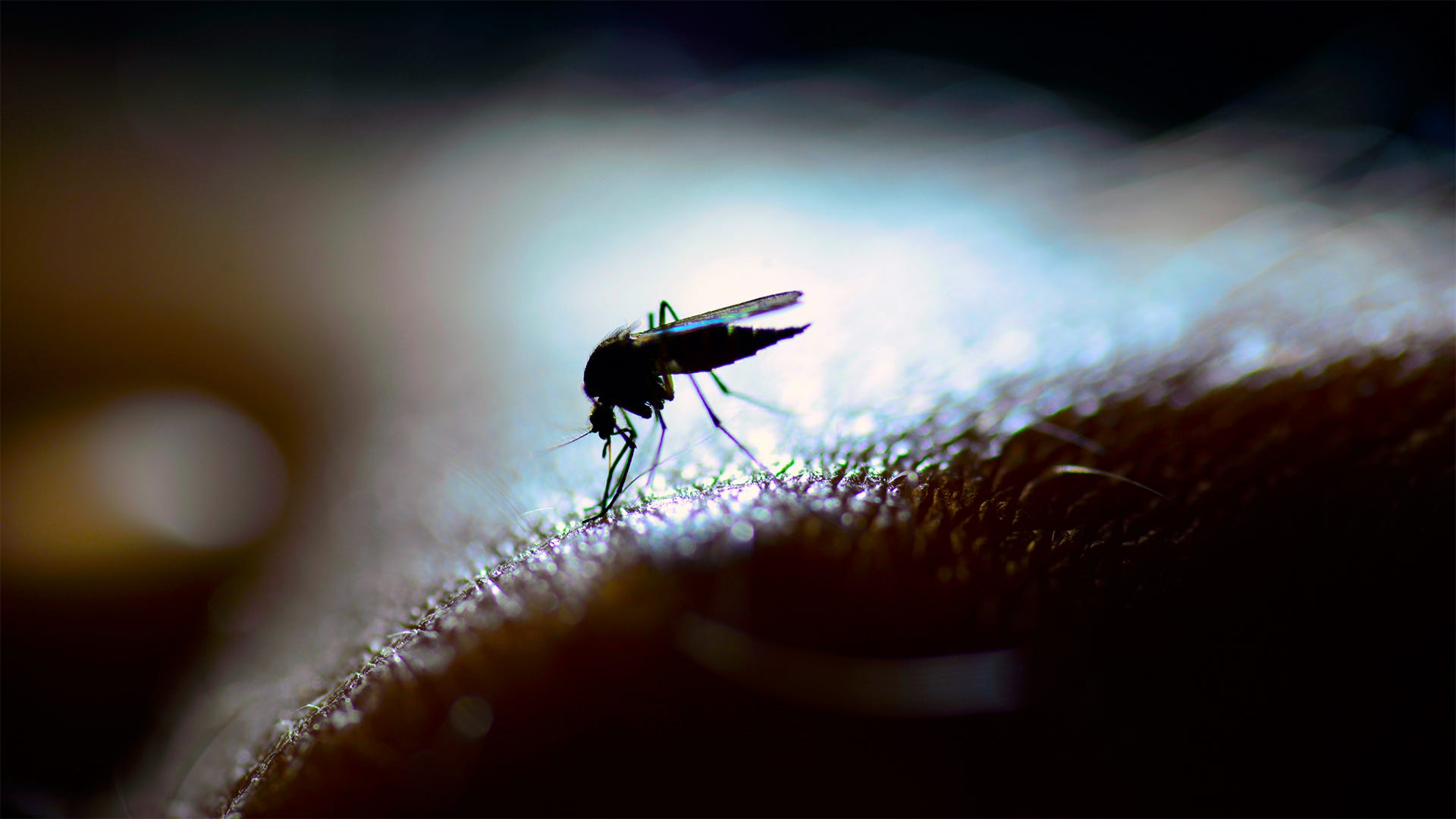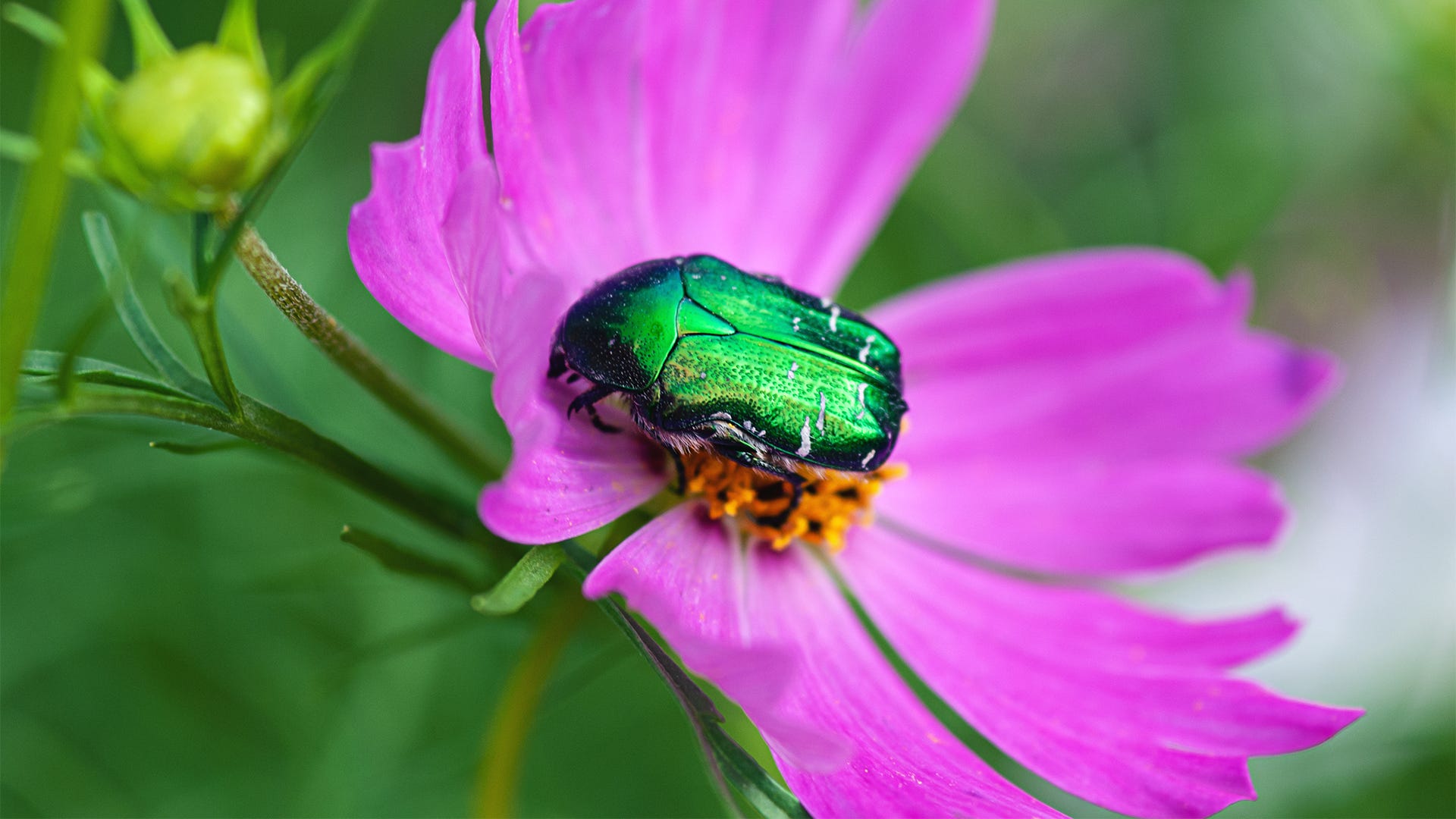
Summer nights are often a blend of relaxation and careful defensive planning. On one hand, you want to enjoy the warm weather with a cool drink on the back porch swing. On the other hand, there’s a legion of bugs to worry about. One of the most troublesome bugs – at least for a few weeks each summer – is the so-called June bug. These large and clumsy beetles are attracted to nighttime light, so they can be a pest to any outdoor evening activity you have planned.
INSECT SPECIES CALLED JUNE BUGS
The term “June bug” isn’t a scientifically assigned name. Instead, it’s a common name applied regionally to a variety of different beetle species. The six most common are:
• European Chafer Beetle (Rhizotrogus majalis) – This invasive beetle is found throughout temperate latitudes of North America. It has a caramel brown colored back and measures a little more than ½-inch in length.
• Green June Beetle (Cotinis nitida) – A beetle with a green body that measures up to an inch long. Its primary range extends from Maine to Georgia.
• Japanese Beetle (Popillia japonica) – An invasive beetle with a brown and green metallic sheen. This beetle is considered an agricultural pest to a variety of crops, including tomatoes, strawberries, roses, raspberries and corn. It measures a little over a ½-inch in length. Unlike most other beetles called June bugs, the Japanese beetle has a daytime activity cycle.
• Figeater Beetle (Cotinis mutabilis) – A beetle with a green, metallic coloration primarily found in the southwestern U.S. This beetle can be about 1¼ inches long.
• Ten-Lined June Beetle (Polyphilla decemlineata) – This beetle has white and green stripes on its back, giving it a watermelon look. It measures up to 1¼ inches long and makes a hissing noise when touched. It’s found west of the Rockies and its larvae are considered an agricultural pest.
• Phyllophaga (More than 260 individual species) – This group of beetle species are all very similar and often called May beetles, May bugs, June bugs and June beetles in their local range. They are usually dark, reddish brown in color, chubby and measure a little more than 1⅓ inches long. Other than their brown color, they have very few markings.
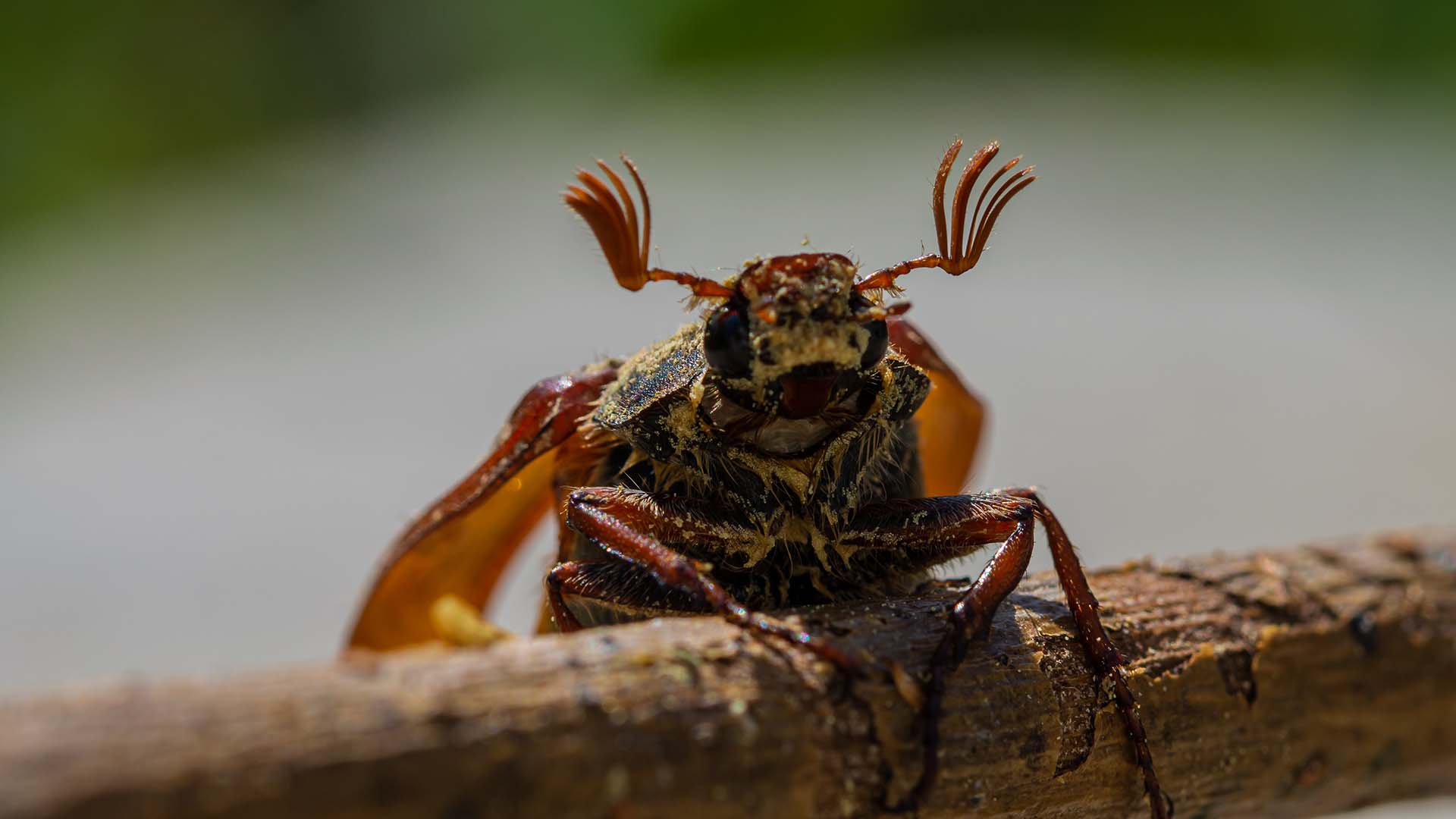
JUNE BUG FACTS & HABITS
There are many beetles that share the June bug name, and they have many common attributes that make it easy for people to lump them together under that label. In general, June bugs are:
• Active at Night – June bugs are generally nocturnal. They spend their nights feeding on plants and breeding.
• Not Aggressive and Do Not Bite – June bugs don’t bite people and they have no real interest in us. However, when they land on you, the spines on their legs can deliver a slight pinch.
• Attracted to Nighttime Light – In many June bug species, only males are attracted to lights. In others, both genders are drawn to nighttime light. In fact, a June bug may exhaust itself by continuing to fly into a light until daybreak. This behavior often means you’ll find several June bugs attached to window screens.
• Fairly Large and Plump – Most of the beetles called June bugs are considered large for a North American insect and are usually round and plump. Their size makes them a favorite midnight snack for a variety of animals, including mammals, birds, amphibians and reptiles.
• Clumsy Flyers – June bugs are not very skilled aviators. They tend to bump into objects and usually fly in wide, lazy arcs.
• Soil-based Larvae Called White Grubs – The larvae of many species of June bugs are considered lawn pests. The grubs, which are white and comma-shaped, often target the root systems of grass and other delicate plants. These immature beetles are usually called white grubs by landscapers and gardeners without referring to a specific species. A variety of animals actively seek out white grubs for food, often digging up lawns in search of them.
JUNE BUGS IN YOUR YARD
June bugs will make their presence known in your yard in a number of ways. First off, you’ll see them at night in the spring and summer, regardless of the actual month. They often congregate in areas close to lights or on windows where indoor light is visible. You may also find evidence of these bugs by the brown spots in your lawn – the grubs underneath can kill off plants by eating their roots, an action that will leave brown patches in the grass. You may also uncover grubs whenever you dig into your lawn. These curled grubs are usually immediately evident in the soil as you sift through it. Many animals are skilled at finding buried grubs and they actively hunt them by digging through a lawn. Most of the insects called June bugs also do some amount of damage to the plant life in your yard. Among them, the Japanese beetle is the most obvious since they are usually active in the day as they swarm in search of food.
HOW TO GET RID OF JUNE BUGS
June bugs and their grubs can be a problem for your plants and lawn. Beyond that, adult June bugs can also be annoying when they cling to your window screens and buzz about porches and other outdoor areas. Here are three methods to get rid of June bugs:
- Hand Pick from Plants – If you see some June bugs chomping on your favorite plants, it’s easy to hand pick them off the plant and drop them in a bucket of soapy water. The water mixture will kill them. Since June bugs don’t bite, you don’t really need to worry about that. Be aware that many have spiny protrusions on their legs that can poke you.
- Swat the Adult June Bugs – For the June bugs that cling to your window screens at night, you can swat them with a fly swatter.
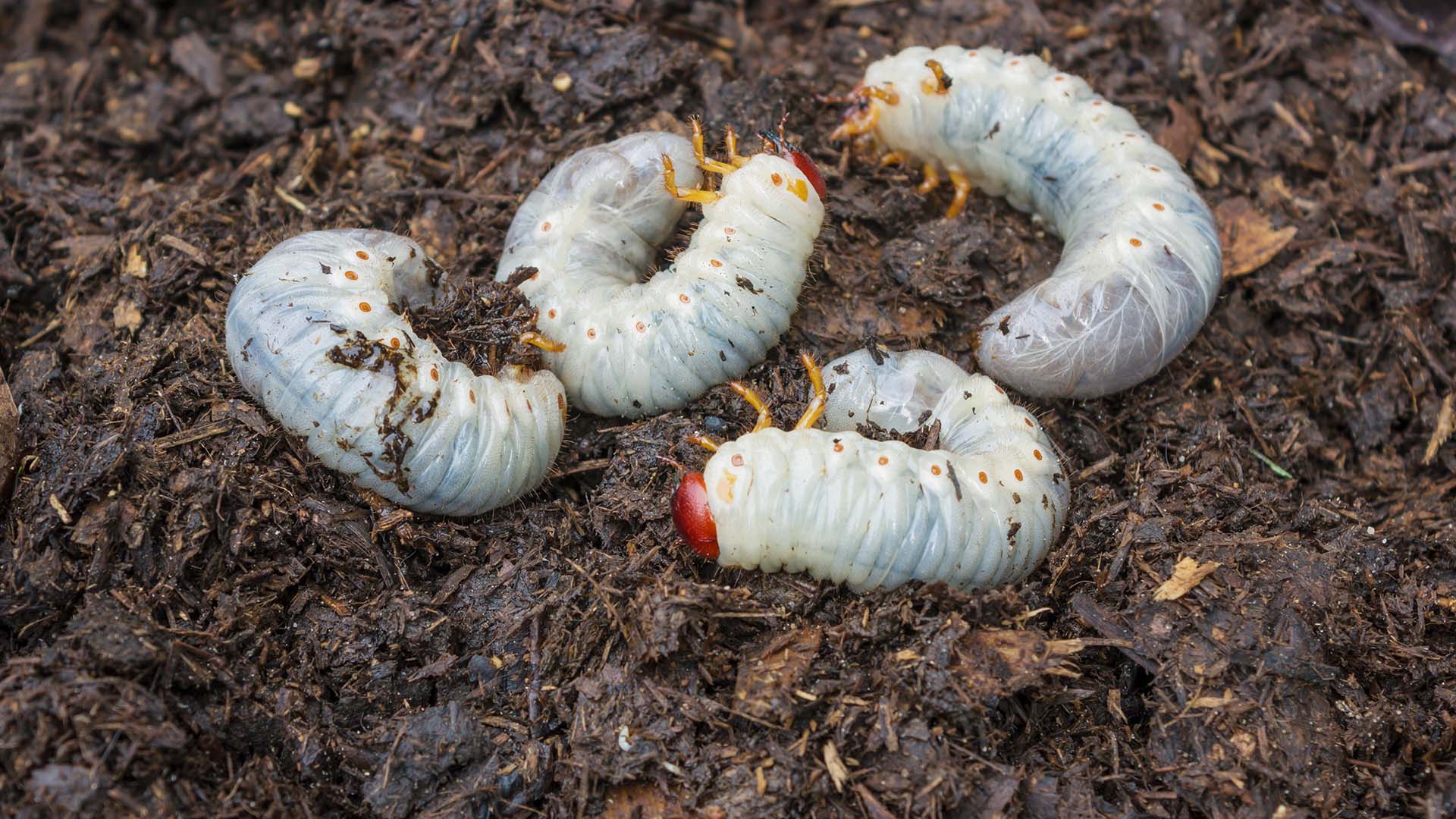
YOUR BATTLE WITH JUNE BUGS
Are June bugs climbing your window screens right now? What are you doing to get rid of them? Let us know in the comments below or share a picture of them with Safer® Brand on Facebook. If you’re having a bug problem and need some advice on the best Safer® Brand product to use, reach out to our consumer care team to get your questions answered. You can also subscribe to the Safer® eNewsletter for more articles like this one and special offers on our products.


